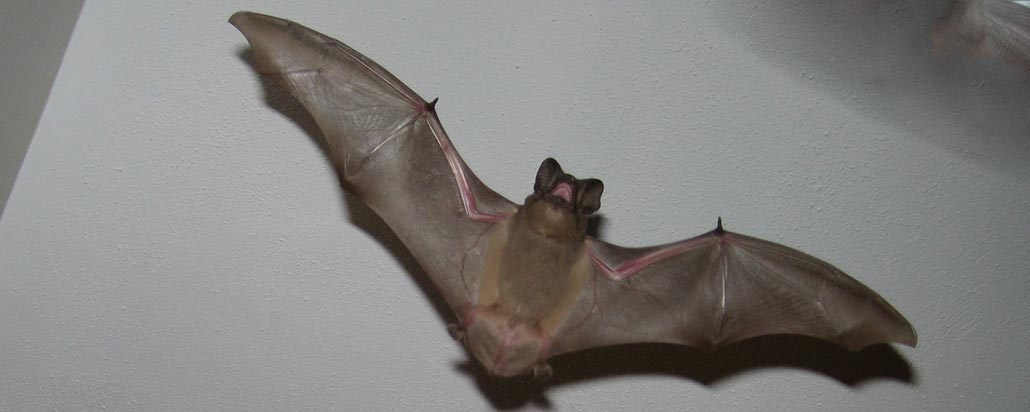- USA Wildlife Removal Education Guide - Biology of Big Brown Bat
Biology of Big Brown Bat

Learn about How To Get Rid of Bats with my how-to guide.
While in flight it is notable that the big brown bat emits an audible sound like a loud click, or hiss like escaping steam. No one knows why. Big brown bats prefer to hibernate in locations different from their summer roosts and tend to look for subterranean caves. From November to March males and females will mate, and the young will be born in a maternity colony in June. In these maternity colonies the females are supportive of each other and all help with the pups. Babies will stay with the mother till about 6 months.
Large brown bats choose their roosts with safety first in mind. Big brown bats seem to be the most common bat found in both cities and rural areas. These bats can adapt to most human dwellings, like attics, barns, subways, stadiums, and under bridges. They will also happily roost in hollow trees and caves. Big brown bats love to forage and enjoy a variety of habitats like rivers forested areas, lake shores, open fields, and lit city streets. Like most bats, big brown bats are highly adaptable. Although their life span can be up to 19 years, a large percentage doesn’t make it past their first winter hibernation because they don’t store enough fat.
If you need help, we service the entire USA! Click here for a wildlife removal specialist in your town!
Go back to the main Bat Removal page for more information about Biology of Big Brown Bat.

